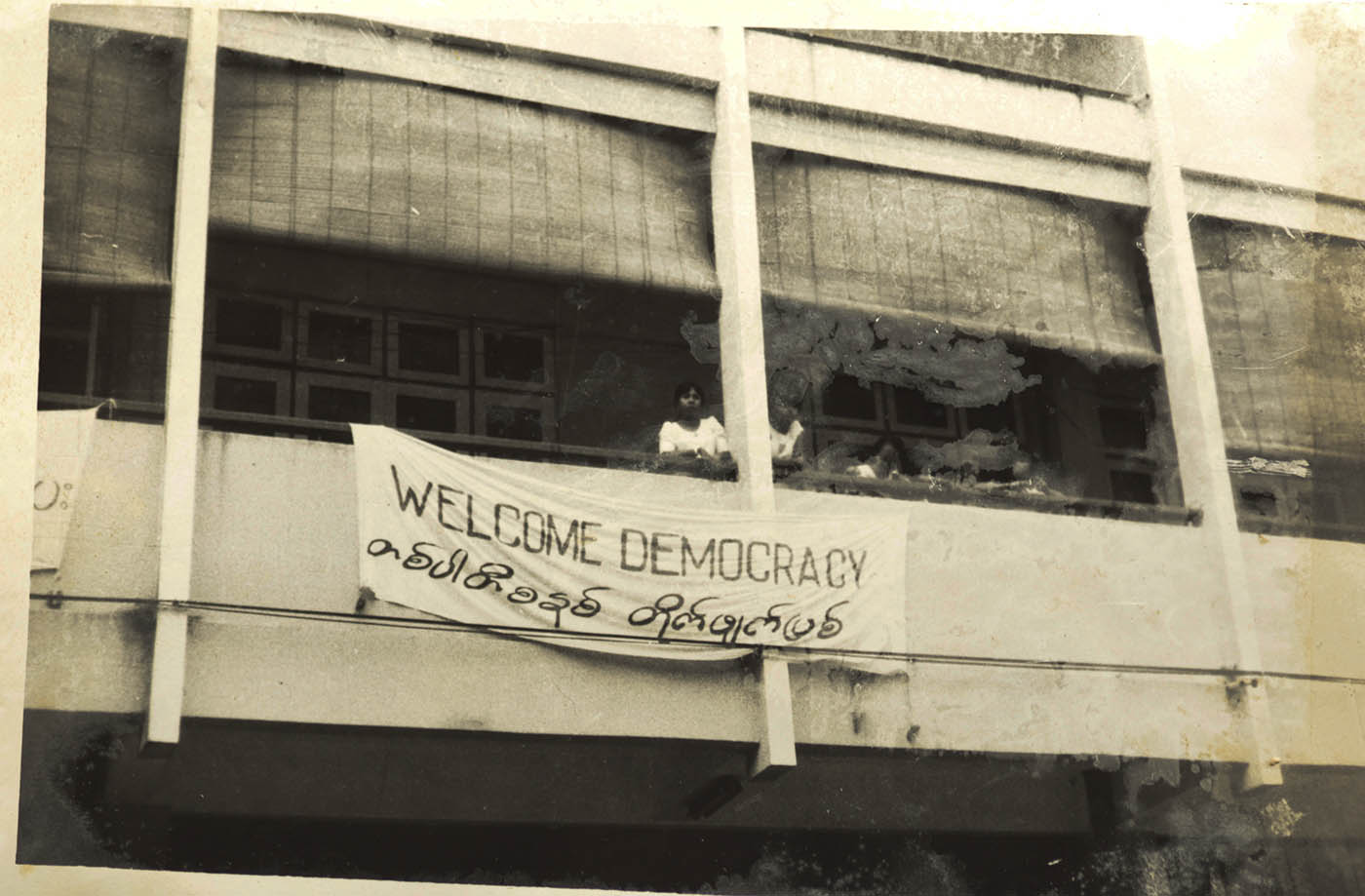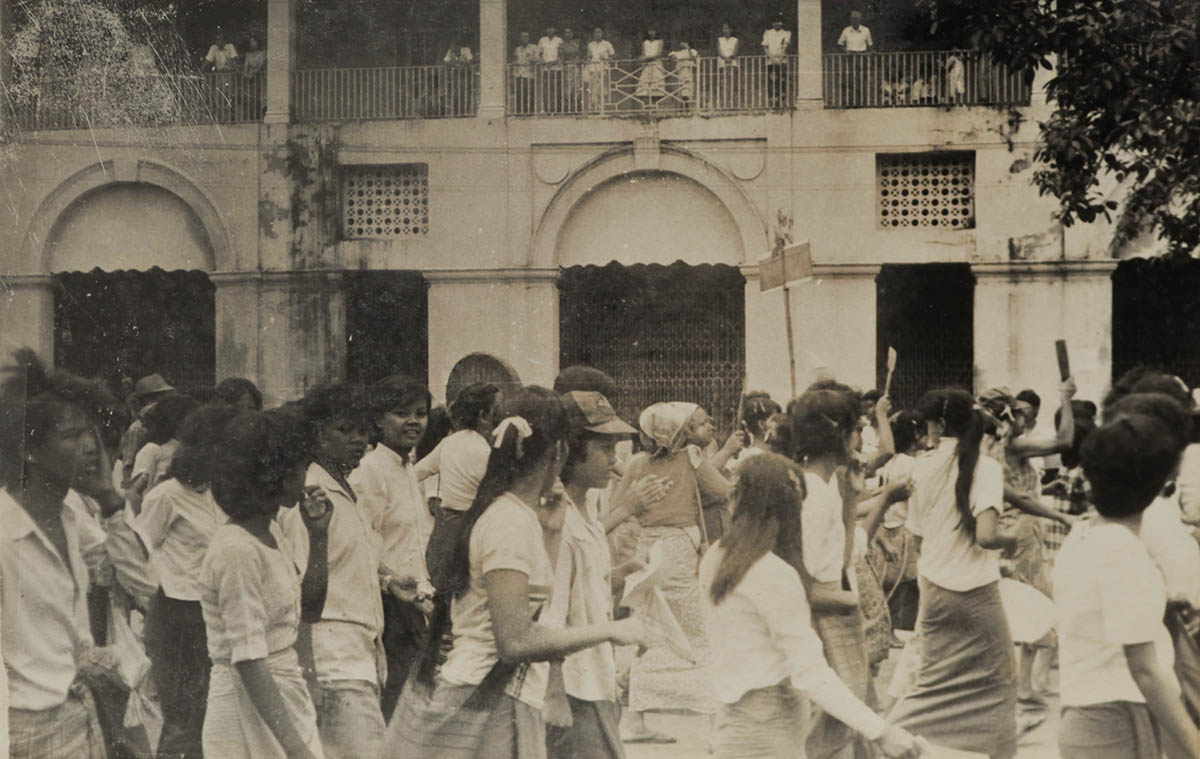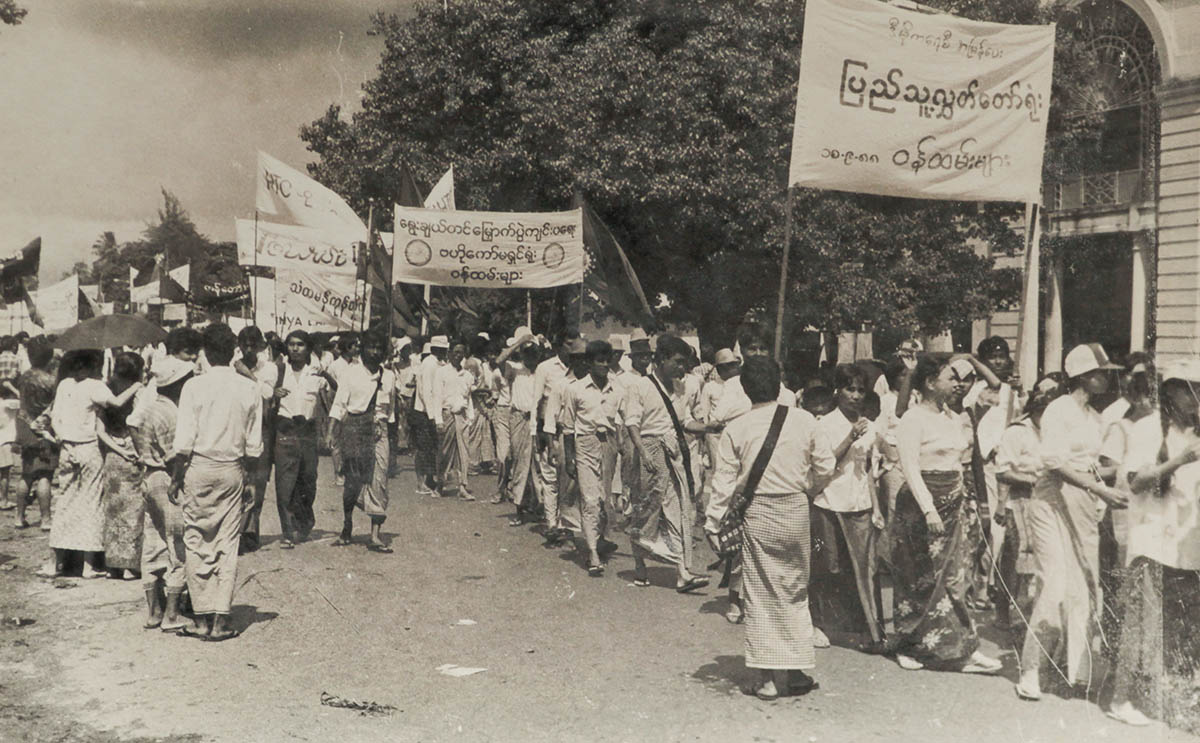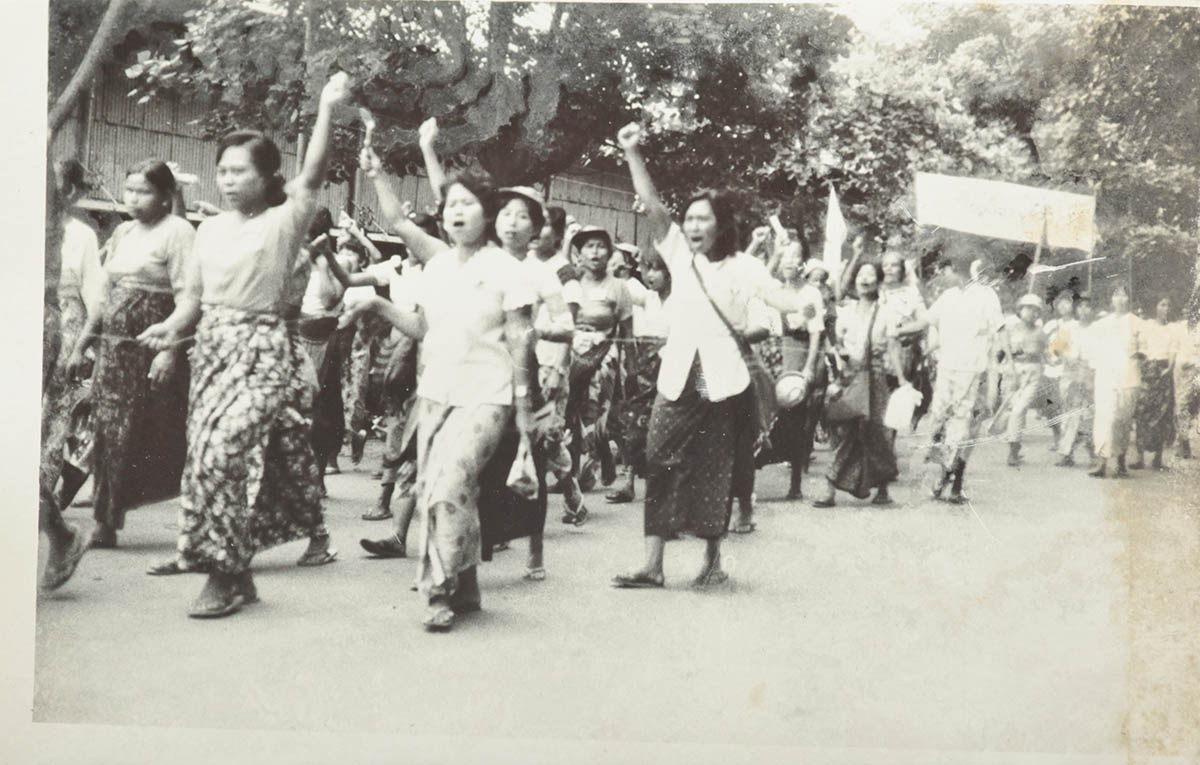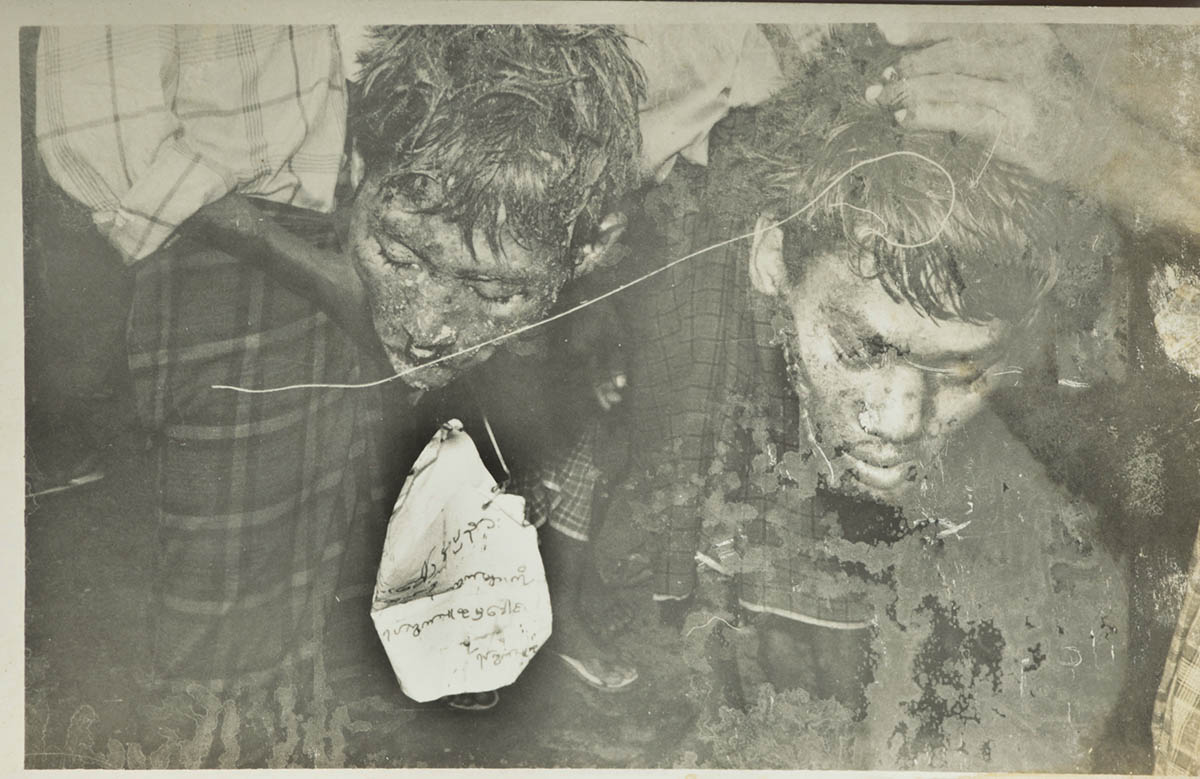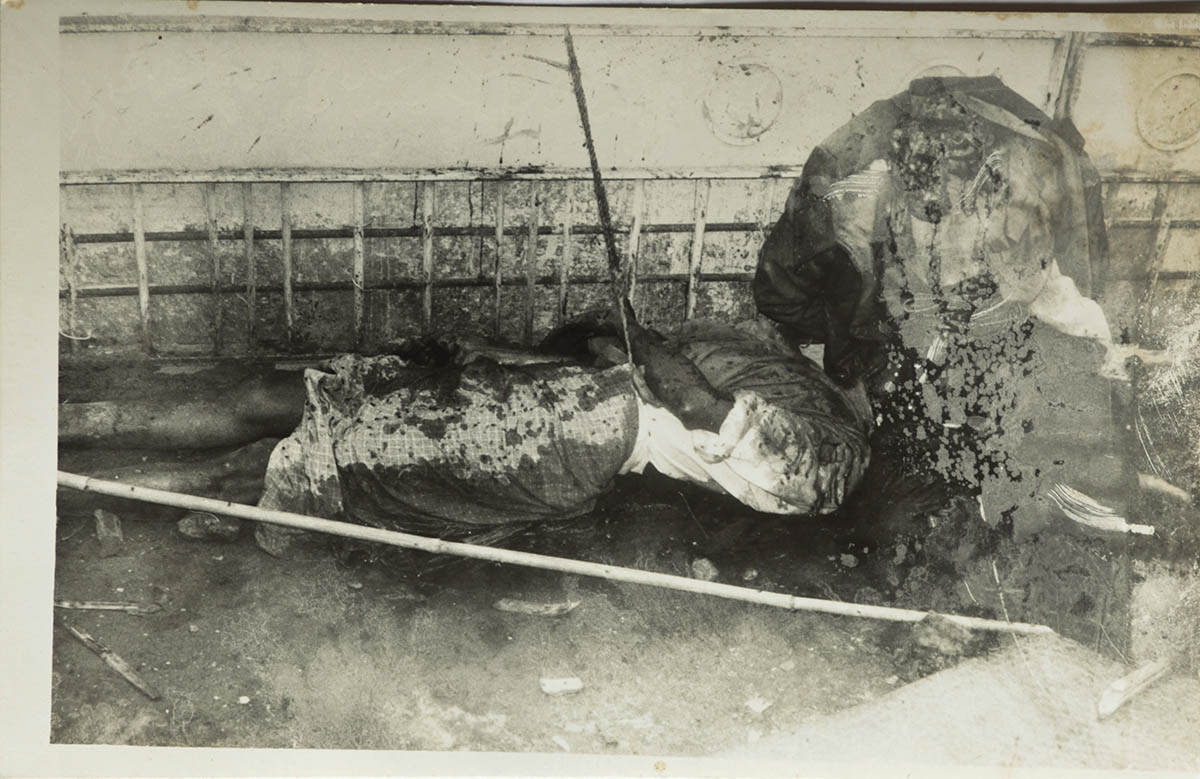History Repeating
The year 1988 marked a significant turning point in the history of Myanmar. A pro-democracy movement erupted across the country, fueled by discontent with the oppressive military regime led by General Ne Win, who had ruled with an iron fist for nearly three decades. The 1988 Myanmar protest, also known as the 8888 Uprising, was a watershed moment in the nation’s struggle for democracy and human rights.
The catalyst for the 1988 protests was the economic crisis precipitated by the disastrous decision of the Ne Win regime to demonetize the country’s currency, rendering the savings of countless citizens worthless overnight. Inflation soared, and the people’s frustration reached a boiling point. What began as economic grievances soon evolved into a broader movement demanding political reform, freedom, and democracy.
Students and monks took to the streets, followed by a diverse array of citizens, united by their desire for change. The movement was named “8888” after the date of the nationwide strike on August 8, 1988. The protests escalated rapidly, with millions of people demanding democratic reforms and an end to military rule.
The military regime responded with brutal force, unleashing a violent crackdown that resulted in the deaths of thousands of protesters. Despite the bloodshed, the determination of the people remained unbroken. The 1988 protests succeeded in toppling the Ne Win government, but it was short-lived. The military, led by General Saw Maung, seized power in a coup and established the State Law and Order Restoration Council (SLORC), ushering in another era of military rule.
Fast forward to 2021, and Myanmar finds itself grappling with a hauntingly familiar situation. On February 1, 2021, the military, under the leadership of General Min Aung Hlaing, staged a coup, detaining civilian leader Aung San Suu Kyi and other elected officials. The coup was carried out under the pretext of alleged electoral fraud during the November 2020 elections, which Suu Kyi’s National League for Democracy (NLD) had won convincingly.
The military’s actions sparked a new wave of protests across Myanmar, with echoes of the 1988 uprising. Once again, the people of Myanmar took to the streets, demanding the restoration of democracy and the release of political detainees. The military responded with a brutal crackdown, deploying security forces to quell the protests. Tragically, lives have been lost, and many have been injured in the process.
The military’s hold on power has persisted for decades, despite brief periods of civilian rule. The international community has decried the recent coup, imposing sanctions and diplomatic pressure on the military junta. However, the outcome remains uncertain, as the military shows no signs of relinquishing control.
These images are part of two albums I purchased from an antique dealer in Yangon in 2017. They are part of the Myanmar Photo Archive, a first attempt to structure and preserve Myanmar’s photographic history after independence.
Lukas Birk

